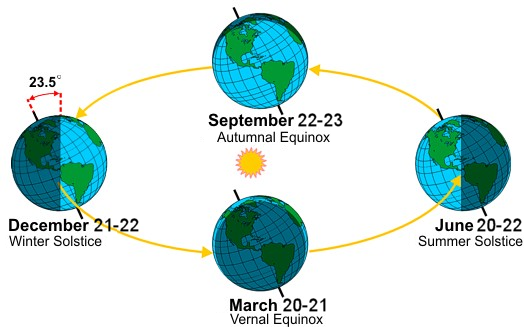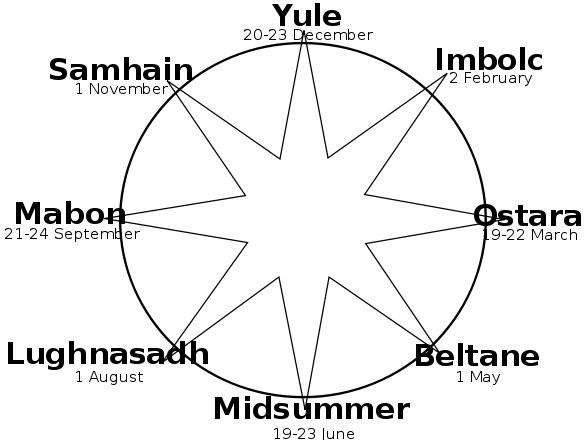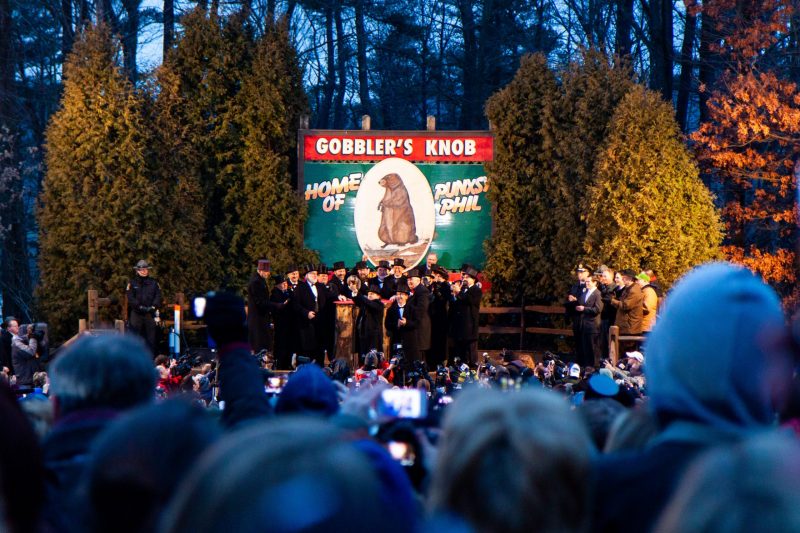Punxsutawney Phil predicts six more weeks of winter.
UPDATE FEBRUARY 2, 2025. IT’S CLOUDY AND COLD IN PUNXSUTAWNEY, PENNSYLVANIA. But the legendary groundhog, Punxsutawney Phil, somehow saw his shadow. The prediction is for six more weeks of winter!
The great weather prognosticator
In case you’ve just landed here from another planet … Groundhog Day happens every year on February 2. It’s the day upon which, according to legend, a groundhog leaves its burrow. If it’s sunny and he sees his shadow, it’s said we’ll see six more weeks of winter. If it’s cloudy and he doesn’t see his shadow, it’s said to mean an early spring. By far the most famous of the February 2 shadow-seeking groundhogs is Punxsutawney Phil in Punxsutawney, Pennsylvania, which calls itself the:
… original home of the great weather prognosticator, His Majesty, the Punxsutawney Groundhog.
In most years, members of the Punxsutawney Groundhog Club hold public celebrations of Groundhog Day. Phil is said to have made his weather prediction in Punxsutawney since 1887!
The February 2 celebration was popularized by the Bill Murray movie Groundhog Day, in which a hapless weatherman relives Groundhog Day in Punxsutawney over and over and over again. It’s a great movie … if you haven’t seen it, do.
The 2025 lunar calendars still available! Order yours before they’re gone!
How accurate is Phil?
Last year (2024), Phil made his prediction for an early spring.
According to a 2024 post at Live Science, Phil’s success in forecasting is about 40%. It said:
Phil the groundhog has been forecasting the seasons on Groundhog Day at Gobbler’s Knob in Punxsutawney since 1887, but just how good is he at his job?
Not very, it turns out.
This year (2025), the forecast for Punxsutawney, Pennsylvania, is calling for clouds on February 2 with evening showers. Will Phil see his shadow this year?
Read more: Rating the groundhogs
Groundhog Day QUIZ
Before reading further … test your Groundhog Day knowledge and skills in the video above.
The roots of Groundhog Day
So Phil is North America’s most famous weather predictor. But the seasonal traditions of this holiday go back a long, long way. The fact is, Groundhog Day is an astronomy holiday, whose roots are embedded in Earth’s yearly orbit around the sun. It’s what’s known as a cross-quarter day, a day approximately midway between a solstice and an equinox. Groundhog Day falls between the December solstice and the March equinox.
In modern times, the year’s four cross-quarter days are Groundhog Day (February 2), May Day (May 1), Lammas (August 1) and – the most sinister cross-quarter day because it comes at a dark time of year – Halloween (October 31).
The division of the year into segments is a common theme in human cultures. It makes sense because our ancestors were more aware of the sun’s changing movement across the sky. They had to be, since their plantings and harvests depended on it.

More Groundhog Day history
In the Celtic calendar, the year is also divided into quarter days (equinoxes and solstices) and cross-quarter days on a great neo-pagan wheel of the year. So, just as February 2 is marked by the celebration of Candlemas by some Christians, such as the Roman Catholics, in contemporary paganism this day is called Imbolc and is considered a traditional time for initiations.
The celebration of Groundhog Day came to America along with immigrants from Great Britain and Germany. The tradition can be traced to early Christians in Europe, when a hedgehog was said to look for his shadow on Candlemas Day.

Old rhymes and sayings
Try this old English rhyme:
If Candlemas Day be fair and bright, winter will have another flight. But if it be dark with clouds and rain, winter is gone and will not come again.
Or here’s another old saying:
Half your wood and half your hay, you should have on Candlemas Day.
In Germany, where a badger was said to watch for his shadow, the saying goes:
A shepherd would rather see a wolf enter his stable on Candlemas Day than see the sun shine.
A friend on Facebook said that, in Portugal, people have a poem about February 2 related to the Lady of Candles. Here’s the poem:
Quando a Senhora das Candeias está a rir está o inverno para vir, quando está a chorar está o inverno a acabar. [Translation: If Our Lady of Candles smiles (sun) the winter is yet to come, if she cries (rain) the winter is over.]
One final note. It’s supposed to be bad luck to leave your Christmas decorations up after Groundhog Day.

Bottom line: The predicted high for Punxsutawney, Pennsylvania, on February 2, 2025, is 41 degrees F (5 C) and cloudy. Will Phil see his shadow? Happy Groundhog Day!
Read our previous article: How Far Away Could We Detect… Ourselves?
